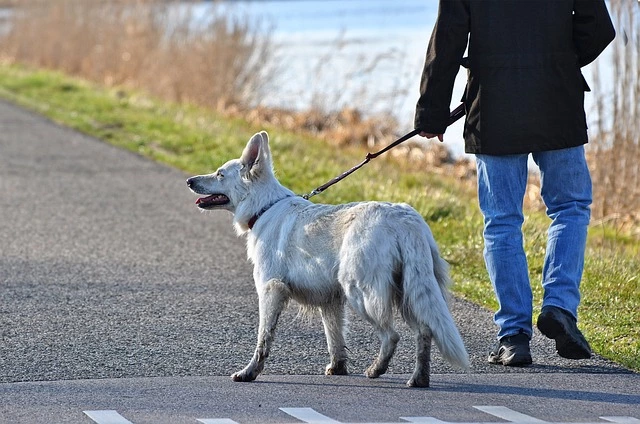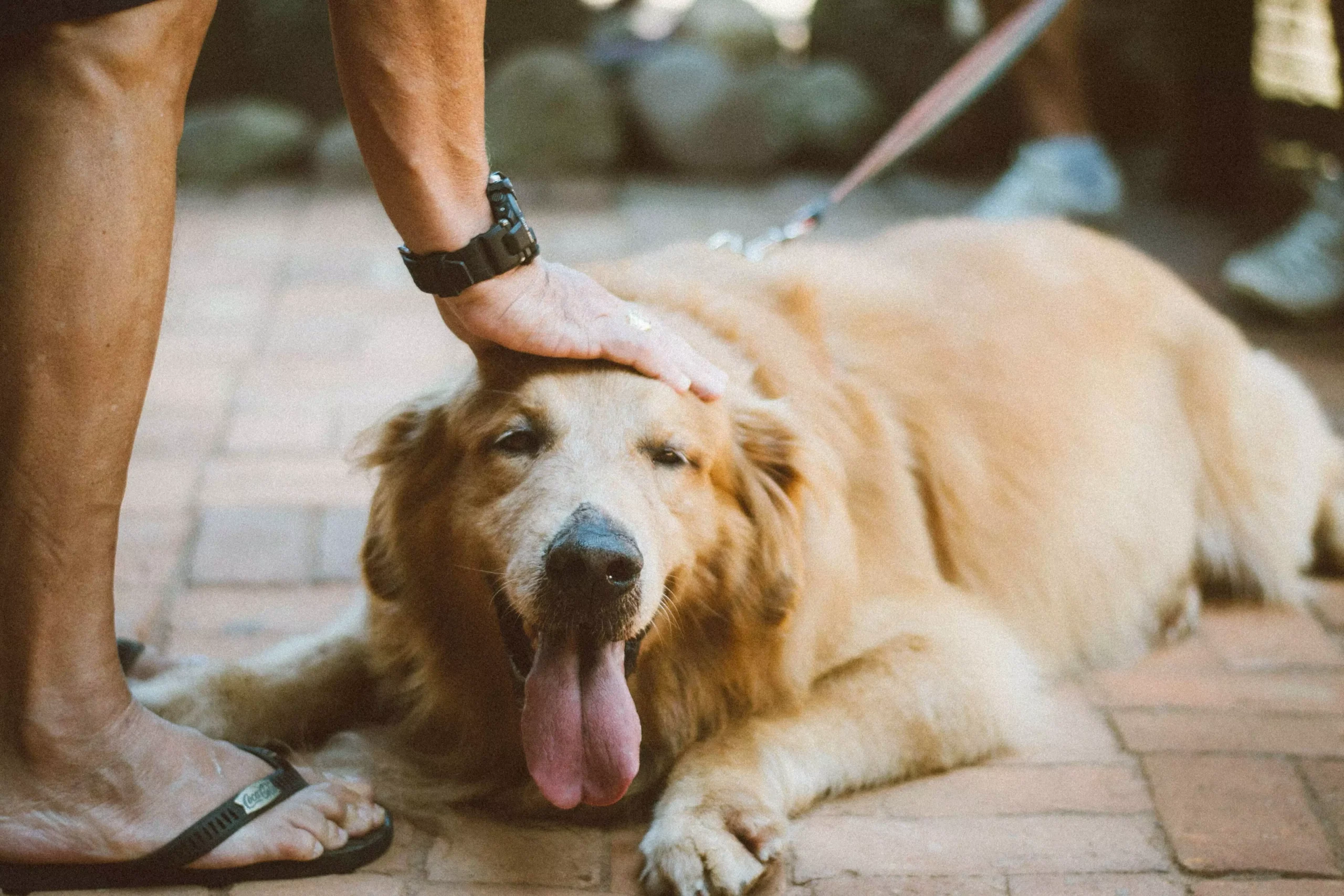**Introduction**
When disaster strikes, it is crucial to have a well-thought-out emergency preparedness plan in place. While ensuring the safety of your family is a top priority, it is equally important to consider the well-being of your furry friends. In this article, we will provide you with essential steps for emergency preparedness to protect your pets, ensuring their safety and comfort during trying times.
**Why Emergency Preparedness for Pets Matters**
Before delving into the steps, it’s essential to understand why emergency preparedness for pets is crucial. During emergencies, such as natural disasters or evacuation scenarios, pets can easily get separated from their owners, injured, or left without necessary supplies. By planning ahead, you can minimize the risks and ensure your pets are well-cared for, reducing their stress and potential harm.
**Step 1: Create an Emergency Kit for Your Pets**
One of the first steps in preparing for emergencies is assembling a pet emergency kit. This kit should contain essential items that will help you take care of your pets during challenging times. Here are some key items to include:
1. Food and water: Pack at least a week’s worth of food and water for each pet. Opt for non-perishable food and store it in airtight containers.
2. Medications: If your pets require any medication, ensure you have an adequate supply on hand.
3. Collar, leash, and ID tags: Keep an extra set of these items in your emergency kit. Make sure the ID tags have up-to-date contact information.
4. First aid supplies: Include a pet-specific first aid kit containing bandages, antiseptic wipes, and any prescribed medications.
5. Comfort items: Pack familiar toys, blankets, and bedding to help reduce stress for your pets.
**Step 2: Develop an Evacuation Plan**
In the event of an emergency, it’s crucial to have a well-defined evacuation plan in place. Consider the following steps:
1. Identify pet-friendly shelters or accommodations: Research and identify pet-friendly hotels, boarding facilities, or shelters that allow pets. Keep a list of their contact details handy.
2. Plan multiple evacuation routes: Determine the safest evacuation routes for you and your pets, taking into account potential road closures or congestion.
3. Assign a designated caregiver: Identify a trusted family member, friend, or neighbor who can take care of your pets if you are unable to do so. Share your plan with them and provide them with a copy of your house keys.
4. Practice evacuations: Conduct practice drills to familiarize your pets with the process. This will help reduce anxiety and ensure a smoother evacuation when it becomes necessary.
**Step 3: Ensure Proper Identification and Documentation**
During emergencies, pets can easily become separated from their owners. To increase the chances of being reunited, follow these steps:
1. Microchip your pets: Get your pets microchipped and ensure the contact information linked to the microchip is up to date. This will assist in identifying and locating them if they get lost.
2. Keep copies of important documents: Store copies of your pets’ vaccination records, medical history, and identification papers in a waterproof container. These documents may be required if you need to enter a shelter or prove ownership.
**FAQs**
**Q1: Should I include a photo of my pet in the emergency kit?**
Yes, it is highly recommended to include a recent photo of your pet in your emergency kit. In case your pet gets lost, having a photo will aid in identification efforts.
**Q2: How often should I review and update my emergency preparedness plan?**
You should review and update your emergency preparedness plan annually or whenever there are significant changes in your household or your pets’ needs. This will ensure that your plan remains relevant and effective.
**Q3: Can I rely solely on pet shelters during emergencies?**
While pet shelters can be a valuable resource during emergencies, it is important not to solely rely on them. These shelters may have limited capacity or may not be available in all areas. It’s best to have alternative options, such as pet-friendly hotels or accommodations, identified in your evacuation plan.
**Conclusion**
Emergency preparedness is a responsibility that extends beyond the well-being of humans. By following the essential steps outlined in this article, you can ensure the safety and comfort of your pets during emergencies. Remember, planning ahead is key, so start preparing today to protect your beloved pets tomorrow.









